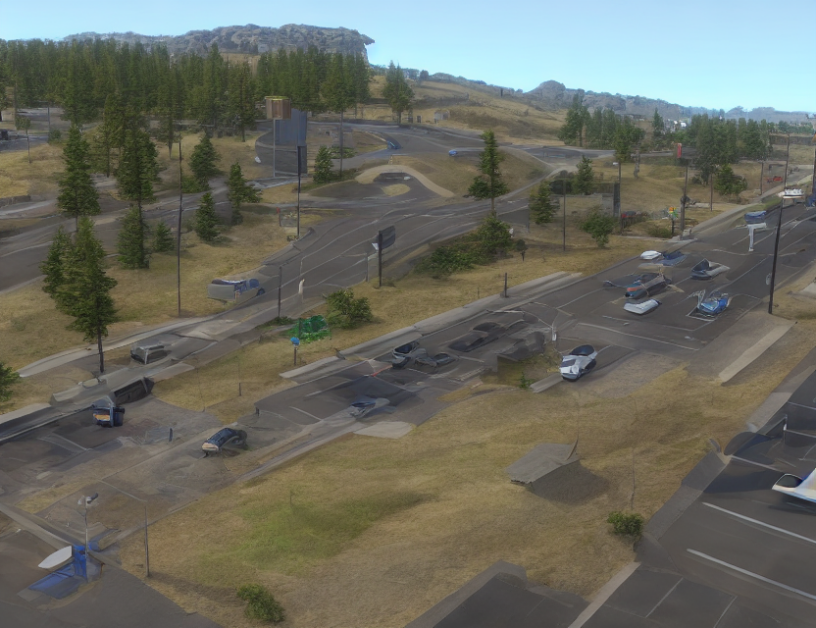In this article, researchers explored ways to accurately locate vehicles in situations where the line of sight (LOS) is obstructed. They proposed two algorithms: the Conventional Distance Index (CDI) and the Enhanced-CDI (E-CDI). These algorithms use different approaches to detect and classify UAVs based on their distance from the vehicle.
The CDI algorithm works like a detective investigating each UAV individually, focusing on its proximity to the vehicle. It can identify UAVs more accurately when they are close by but may struggle with larger distances. On the other hand, the E-CDI algorithm prioritizes high recall by grouping UAVs into different classes based on their distance from the vehicle, much like a police officer might use different criteria to classify suspects based on their behavior and proximity to a crime scene.
The researchers tested these algorithms in various scenarios with different numbers of malicious UAVs, and the results showed that the E-CDI algorithm outperformed the CDI algorithm when dealing with smaller numbers of UAVs. As the number of malicious UAVs increased, the E-CDI algorithm’s advantage grew. This is because the CDI algorithm becomes less effective as it faces more malicious UAVs, while the E-CDI algorithm prioritizes identifying as many UAVs as possible, even if some might be false positives.
In summary, this article presents two algorithms to help locate vehicles in NLOS scenarios by detecting and classifying UAVs based on their distance from the vehicle. The CDI algorithm is like a detective focusing on each UAV individually, while the E-CDI algorithm prioritizes high recall like a police officer grouping suspects based on behavior and proximity to a crime scene. As the number of malicious UAVs increases, the E-CDI algorithm’s advantage grows, making it more effective in identifying potential threats.
Electrical Engineering and Systems Science, Systems and Control
Enhancing Vehicle Localization in Non-Line of Sight (NLOS) Scenarios via Hypothesis Testing



